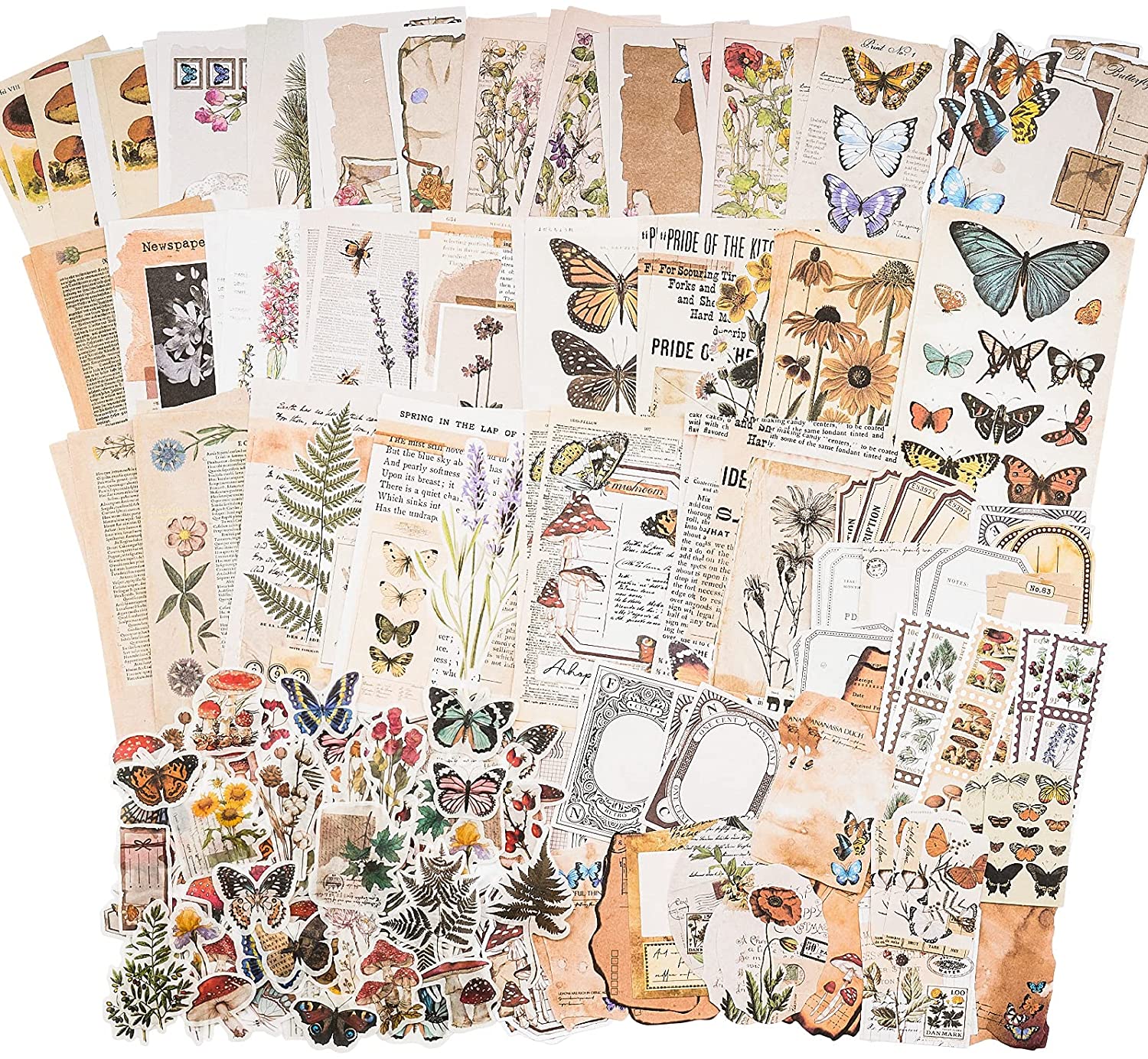Products |
Collage: a fun and revelatory activity, especially when work is remote, school is virtual, and cabin fever lurks.
By
Published: Jan 11, 2022
Category:
Art
GUEST BUTLER TURNER HOUSTON is a writer, photographer, and artist. She had a career as art director and an executive producer of video and computer software and web properties, working at the National Geographic Society, Discovery Communications, American Online, and the Walt Disney Studios among other organizations. In 2014, she retired to devote herself to writing, art, and service. She holds a BFA in Visual Communications from George Washington University, and an MFA in Writing from Bennington College. She blogs on creativity at Making It! and is currently finishing a memoir of loss and remembrance.
As a writer and artist, my art has given me firsthand insight into the reconstructive and soothing powers of story-making. In particular, I’ve seen how empathy and joy emerge through collage’s visual stories that shine a light on the universal connections I’ve come to believe we all share.
Through my practice as an Artist in Residence at a cancer hospital, I lead sessions of collage-making with patients and staff. I’ve witnessed over and over how taking the plunge into artmaking helps patients ease the stress of illness, of chemo, and helps healthcare providers meet the challenges of caring for very ill people during a pandemic.
At the start of a session with patients, I urge them to abandon themselves for a brief time to their collage, to fall into the joy of ripping paper and gluing pictures and glitter in whatever way they feel compelled to go — simply, to trust their instincts.
As they work on their collages, I join them and make a collage based on the energy I feel in the room. Because we’re not making eye contact, patients feel comfortable to talk, to reminisce, to share concerns, to laugh. And for a while in a hospital room full of machines and medicine, we commune with far more than words.
When we’re done, I ask about their collages. Their faces often transform with joy as they weave together the stories about their collages, because now their colors have meaning, the pictures narrate a part of their life experience, and the random words have come together like poetry: “Through the canopy of trees, the pines. Fireflies. Mushrooms glow.” “Outside the treetops were golden.” “We touched and I discovered the magic within.”
Without fail, each collagist is surprised to find in the randomly assembled pieces of paper and words cut out of magazines and newspapers that their own stories have emerged. It is as though the patient has been guided by some greater power to choose the specific pieces, the exact colors, and the right words with which to assemble and build the story they needed to tell.
This experience isn’t limited to cancer patients. I want to suggest collage as a way for you to reveal your stories. If you’re like the people I’ve worked with, pasting random pieces of flotsam and jetsam together has a predictable ability to create a spiderweb tingle of connections forming that pull us beyond Time, beyond Presence, to More.
How to collage: You may recall making collages in grade school. You don’t need to be an artist to make a collage. Everyone can make a collage. You just need glue, some cardboard, a supplies pack. For variety, get vintage scrapbook paper or a bunch of old magazines and torn paper. Want to go far away? Here’s a pack of 60 travel images.
Scissors are not necessary. They may interrupt the flow and lead to overly fussy collages. But if you like to cut, I commend these Fiskars scissors.
Here’s a good YouTube tutorial: How to Create an Emotionally Expressive Collage, with Shelley Klammer


